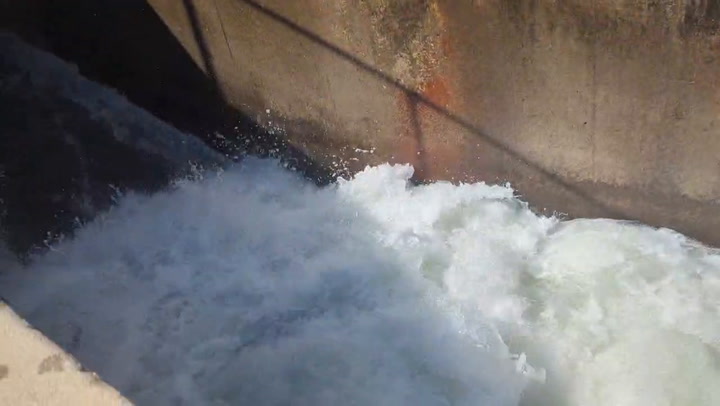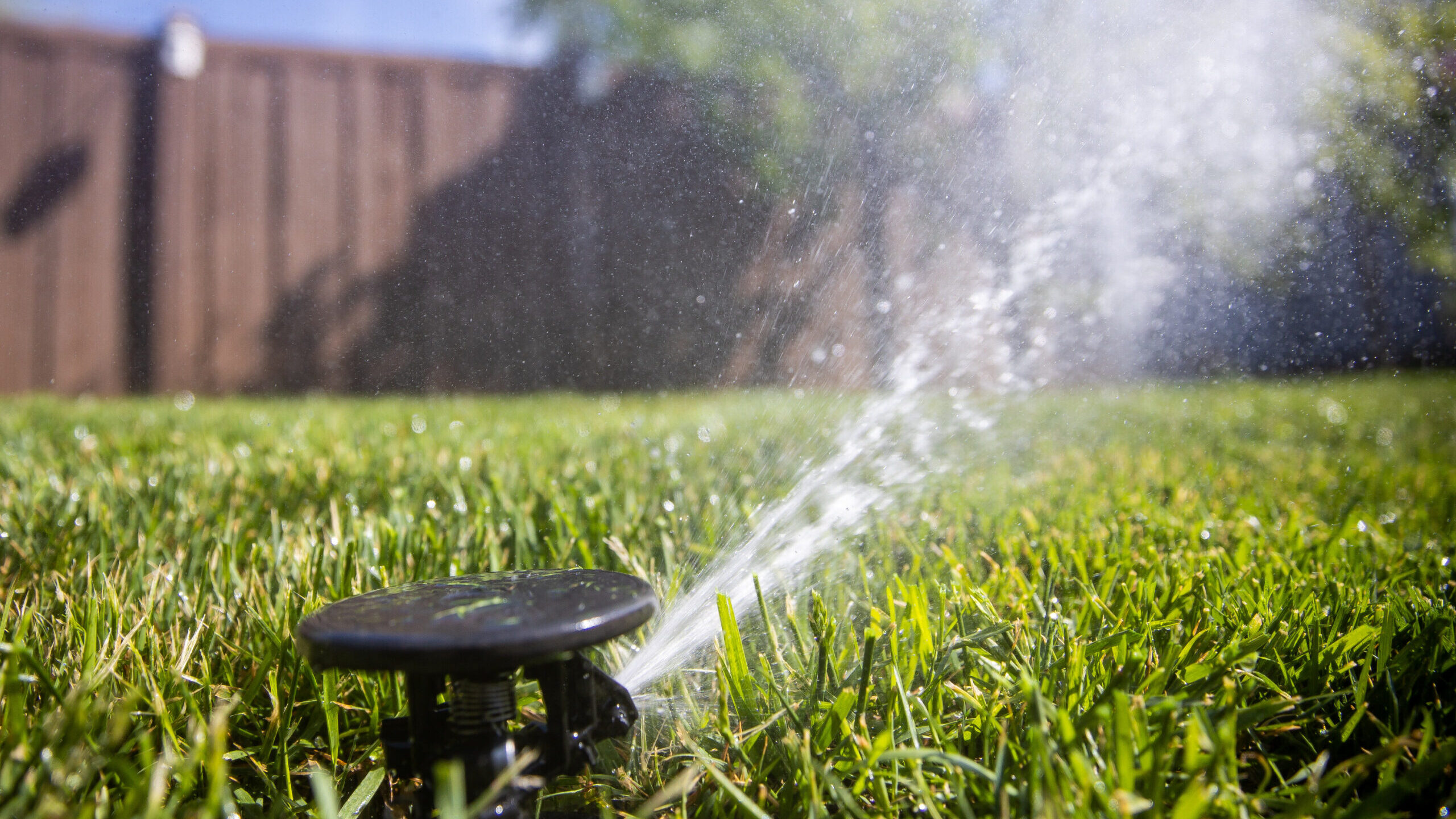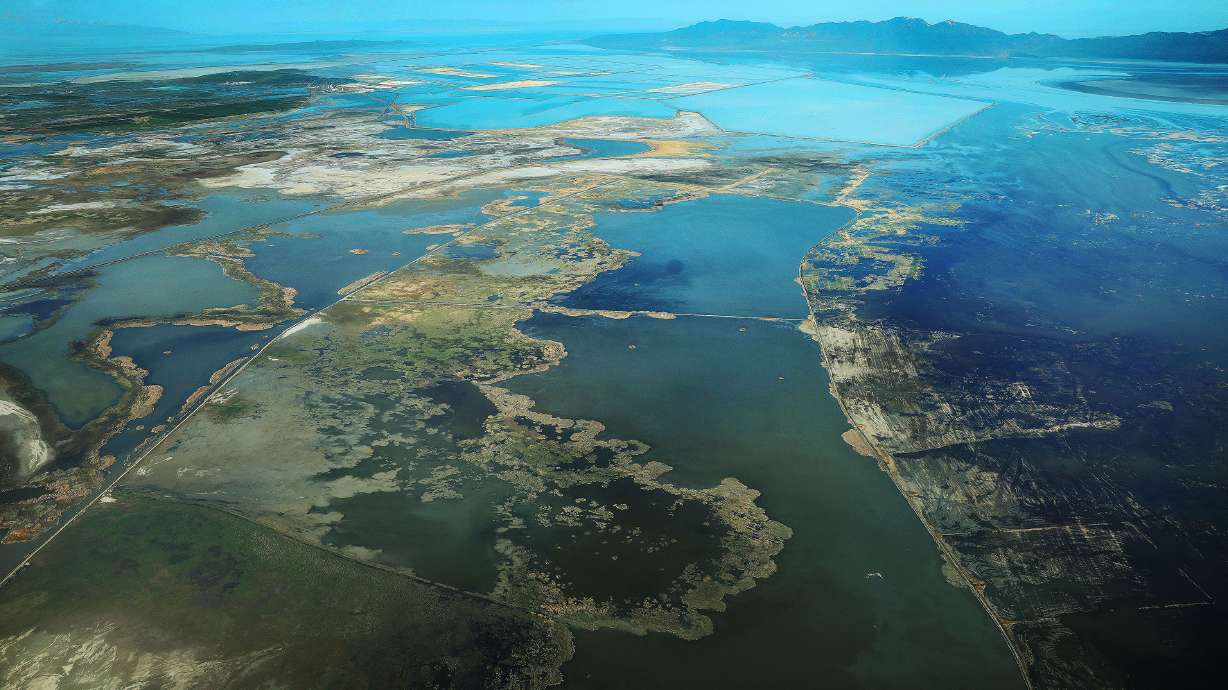UTAH DROUGHT
How the Great Salt Lake lakebed could contribute to pollution, other issues
Apr 19, 2022, 6:49 AM | Updated: Jul 27, 2022, 7:21 am

Low water levels are pictured in the Great Salt Lake near Tooele County on Wednesday, Jan. 5, 2022. (Kristin Murphy/Deseret News)
(Kristin Murphy/Deseret News)
Dave and Dujanovic speak with Chair Department of Atmospheric Sciences Kevin Perry to answer questions about the Great Salt Lake:
This article is published through the Great Salt Lake Collaborative, a solutions journalism initiative that partners news, education, and media organizations to help inform people about the plight of the Great Salt Lake.
LOGAN, Utah — Two Ph.D. students from Utah State University are trying to measure the dust blowing off the Great Salt Lake and learn how it contributes to pollution and air quality along the Wasatch Front.
Pollution in the drying Great Salt Lake
“Climate change and unsustainable water use have turned 50% of Great Salt Lake to dust or potential dust,” said one of the researchers, Molly Blakowski. “We were motivated to analyze the composition of dust produced from the dry lake bed because as a terminal lake, Great Salt Lake accumulates pollution from across its entire watershed.”
That pollution comes in the form of heavy metals, as well as manmade and organic chemicals that can be toxic as they settle into the dust, and that dust starts blowing around.
“There’s dust like this being generated all over the place and, like dust getting kicked up, is a common thing across the American West,” said Jeffrey Perala-Dewey, the other researcher on this case.
“But what’s unique about the Great Salt Lake, and the dust that’s being kicked up here is that these sediments have been polluted by urban and industrial and agricultural inputs for a very long time. So that’s what makes this dust potentially very concerning.”
Heavy metals happen naturally in the Earth’s crust, but they can also be a byproduct of human activity.
“Some of the arsenic for instance, or other heavy metals that we’ve measured in our dust may be coming from a natural source, but a lot of it is clearly coming from human pollution,” Blakowski said.
Perala-Dewey said some of the chemicals he’s studying are exclusively produced by humans and have ended up in the bed of the Great Salt Lake.
“In the case of those chemicals, they’re things that we don’t necessarily expect to find in any other dust source,” Perala-Dewey said. “But we would say are enriched in the Great Salt Lake and, and pose a lot of potential problems for human health.”
The two can’t say how much exposure someone might be getting from these heavy metals.
Why the Great Salt Lake’s dropping levels exacerbate the problem
The Great Salt Lake is a terminal lake. Think of it like a bathtub without a drain. All this water collects objects from upstream, including pollution, and pushes them into the lake.
“There’s no outlet for pollutants that enter the lake (unless) the lakebed sediments become uncovered, and they may be able to leave the lake as dust,” said Blakowski. “Some contaminants also exit the lake through foodweb. So accumulation in like brine shrimp, or other biotas.”
Blakowski says because of the bathtub-like nature and the shallowness of the lake, even small changes to the water levels can expose more of the lakebed.
“If you take a little bit of water out of a cup or a bowl, the bottom of the cup or the bowl is not exposed,” she said. “But if you remove a little bit of water from a plate, more of the bottom of the plate is exposed. That’s why we’re concerned about the desiccation of these shallow saline lakes because they can more quickly become a large source of dust.”
And the more dust that’s generated, the more trouble we’re in.
“But in order for dust to be generated, we need really strong winds,” Blakowski said. “And so even if there’s a large supply of dust at the lake bed, we’re not going to see that being transported in significant quantities to nearby communities and ecosystems.”
Studies show spring and fall are windier seasons than others. Summer has air quality issues because of ozone levels and, in a growing trend, wildfire smoke. In the winter, the Wasatch Front is notorious for its inversions.
“So it’s a big concern if we’re having more dust being generated from a source that’s so close to us. That’s leading to worse air quality potentially year-round and those spring and fall times when we aren’t plagued by the other air quality concerns in our area.”
There could also be problems for creatures around the lake, including birds.
What researchers hope to find out
Blakowski and Perela-Dewey are looking to find out answers to a few questions: What’s in the dust? Where do the pollutants come from? And where will that dust ultimately end up?
One place they’re looking for the effects is Utah’s snowpack.
“It appears that dust may be traveling to mountain ecosystem it could be depositing on Wasatch snowpack,” said Blakowski. “It could also be transported to communities adjacent to the lake.
“But more work needs to be done to truly understand the transport pathways of this contaminated dust.”
Blakowski says you should still go enjoy the lake and all the recreation it has to offer.
“We’re not saying don’t go to Antelope Island or, you know, don’t visit the lake,” Blakowski said. “We would advise against visiting the lake during a dust storm — from personal experience.”












